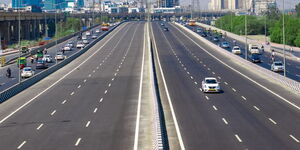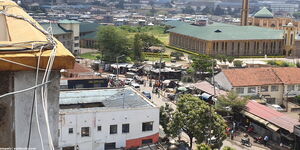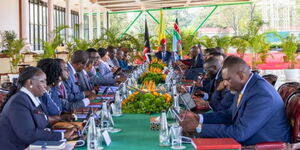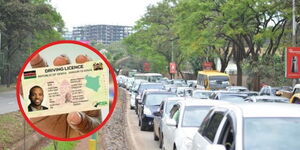Over the past century, many Nairobi residents have enjoyed the lush green ambience of Jeevanjee Gardens but very few people know the story of the man it is named after - businessman Alibhai Mulla Jeevanjee.
Identified among the founders of Nairobi, Jeevanjee played a pivotal role in upending the city's looks and at one time, he owned 70 per cent of the town after importing over 31,000 people to build the Railway line.
His journey to the top was, however, not an easy one as it began in Pakistani and culminated in East Africa.
Born in 1856 in Karachi, Pakistan, Jeevanjee left his home country for India after the demise of his father where he worked as a hawker of spices.
In 1890, he hopped onto a dhow and arrived in Mombasa where his search for wealth kicked off. He opened a construction company at the coast.
At around 1896, the Imperial British East Africa Company (IBEAC), which was tasked with building the Mombasa - Kisumu Railway line, contracted the businessman to import labour.
He sourced for labour from Punjabi area in India which included casual labourers, artisans, bricklayers, carpenters, plumbers, tailors, motor mechanics and electrical fitters. Initially, 350 individuals were brought to work on the Railway line but at the end of the project, over 31,000 workers had been brought to work on the railway.
By the end of the construction, Jeevanjee had benefited immensely by setting up posta shops across the highway among other businesses. The shops churned out Nakuru, Naivasha, Nyahururu, Eldoret, Kitale and Kisumu towns along the railway line.
Part of the workforce that was brought was then used to expand Nairobi City which was at the time a township.
In 1905, the tycoons net worth was pegged at four million euros (translates to Ksh74 billion after inflation adjustment to modern-day value).
According to a biography written by his granddaughter Zarina Patel, Jevanjee had overseen the construction of numerous buildings including law courts where Imenti House now stands.
“In Nairobi, AMJ built the Law Courts, Jeevanjee Market, Ainsworth’s House on the present National Museum’s site, Ainsworth’s office, Moi Primary School opposite Jeevanjee Gardens, the Survey Department Buildings next to Central Police Station, the first Nairobi Club at the present the NSSF Building site, and Jeevanjee Gardens,” noted Zarin.
Around the same time, the tycoon was becoming an icon of sorts and was getting involved in defending Asian peoples rights.
At the time, out of 31,985 that worked on the railway line, 2,473 passed away in East Africa and 6,724 returned home leaving the rest to establish new lives in East Africa.
In 1902, he founded the African Standard, which was stationed in Mombasa to counter social racism in the press. The paper was later acquired by British businessmen in 1905. In 1910, its operations were moved to Nairobi and have since changed ownership to the current Standard newspaper.
The tycoon made other achievements in the struggle for equality and in 1905, he was appointed as the first non-white person appointed to the Legislative Council (Legco) - modern-day Parliament.
In 1904, Jeevanjee embarked on a project to build a recreational public park which he later donated to the then colonial government in 1906. The park survived whirlwinds in 1991 when some powerful individuals sought to build a car park on the five-acre land. Zarin Patel, however, enjoined the activists and saved it.
Jeevanjee passed away in 1936 aged 80 years after suffering a heart attack.












